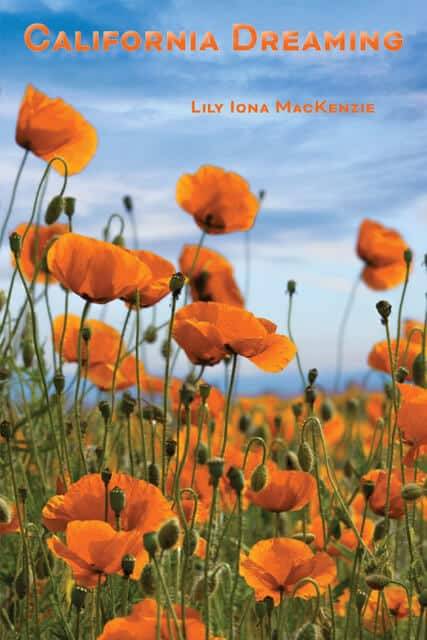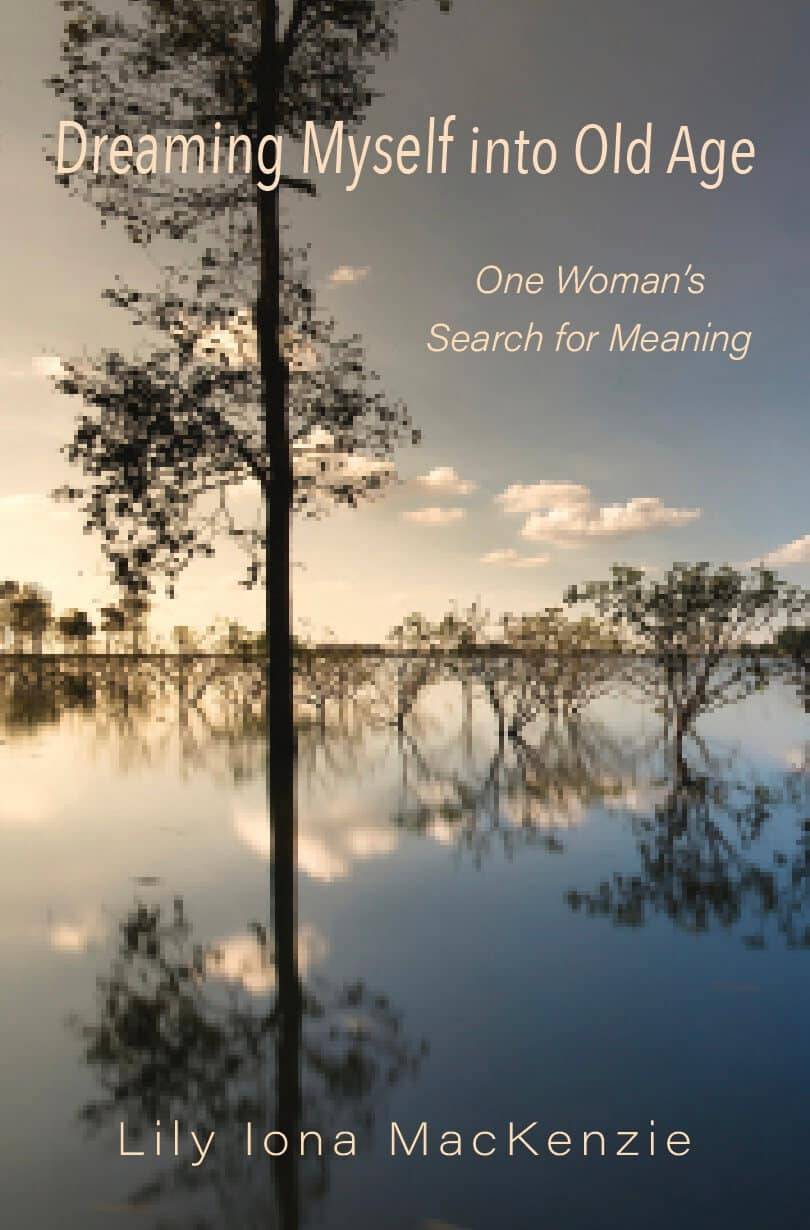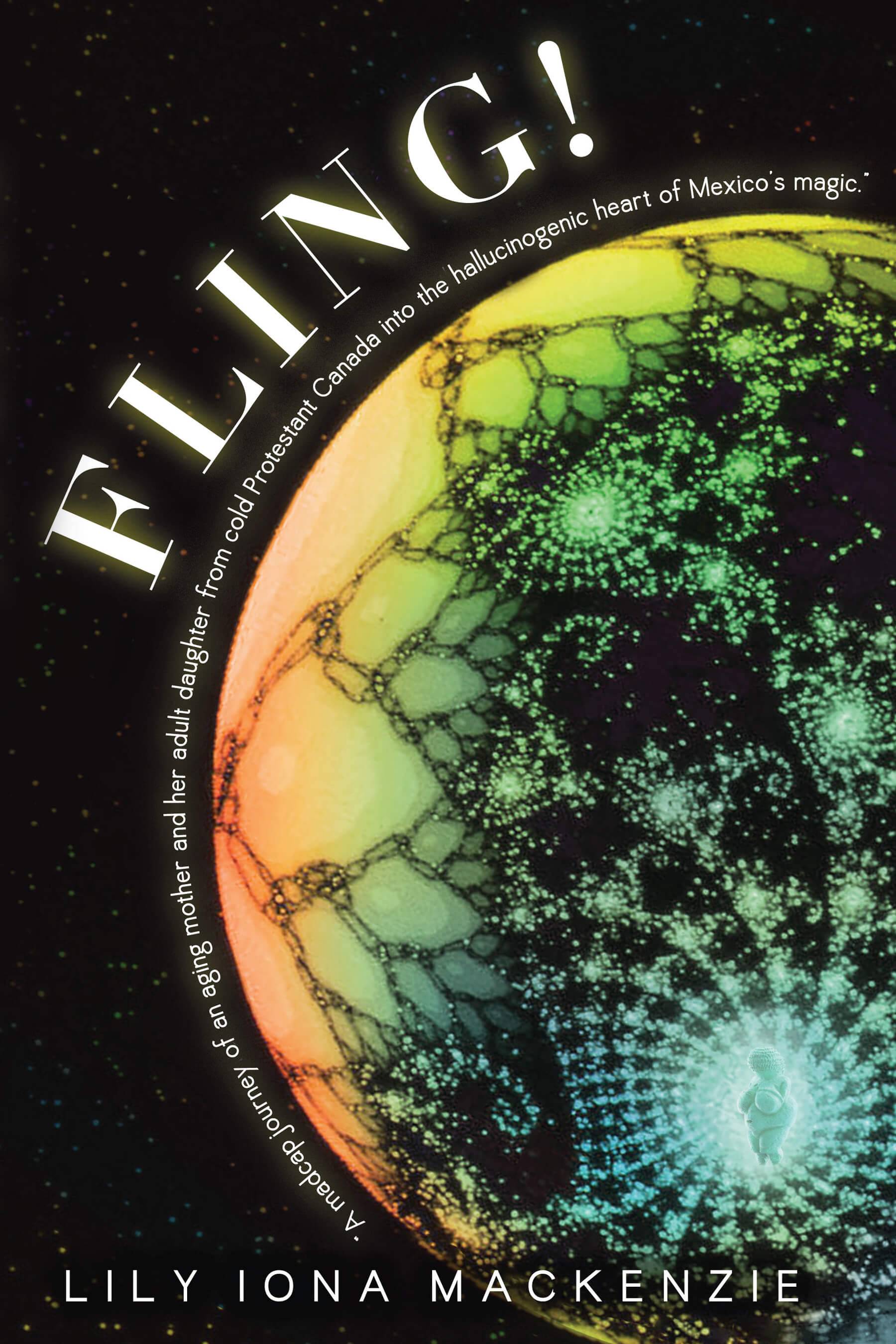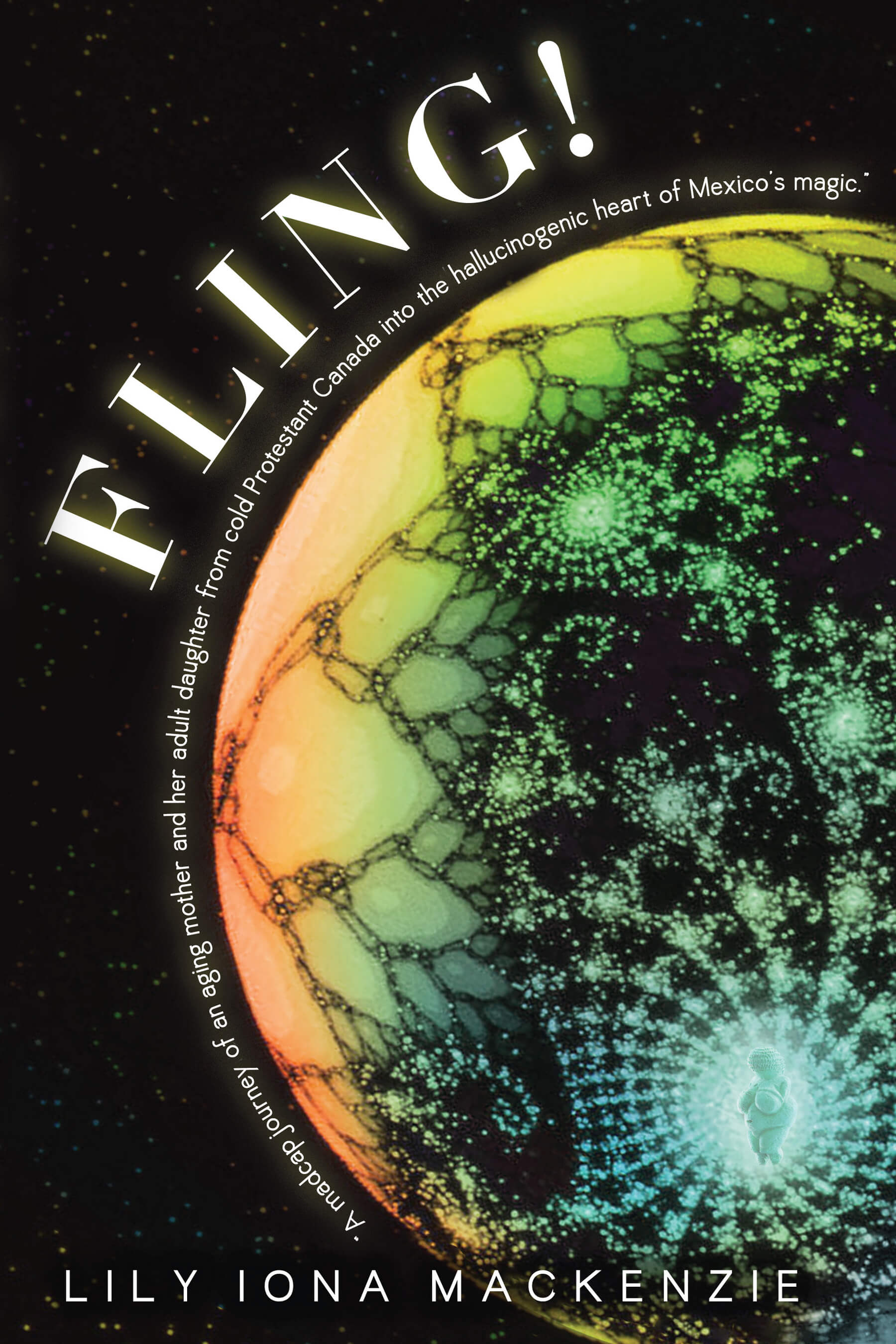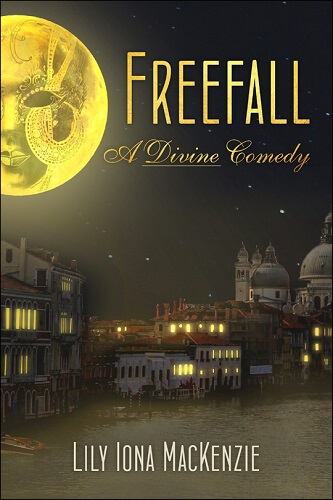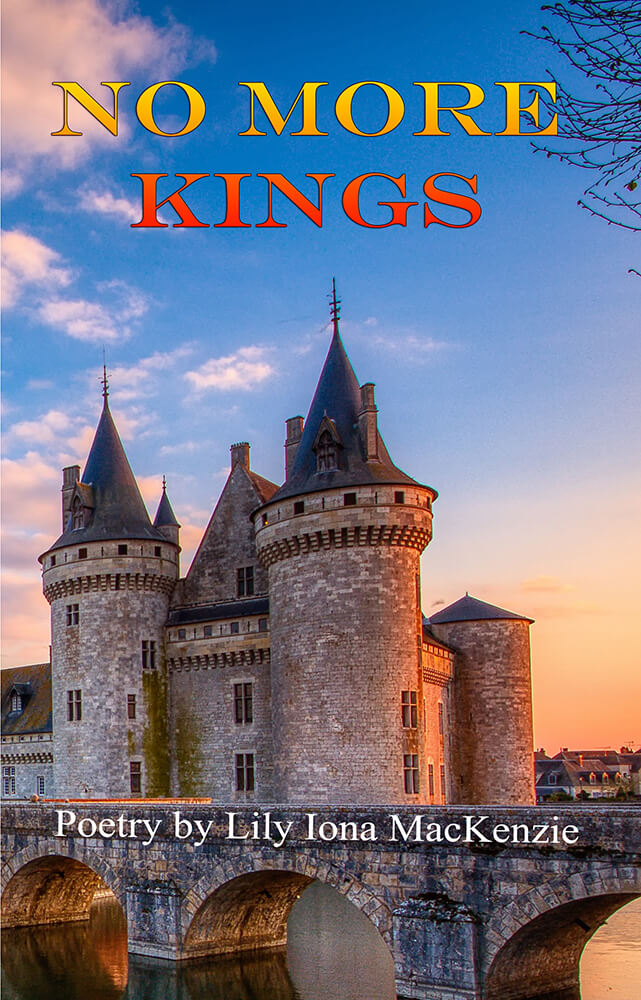Meet Sally Whitney, who has spent most of her adult life in Pennsylvania, Ohio, Kansas, and New Jersey, thought her imagination lives in the South, the homeland of her childhood. The stories Sally writes have been published in literary magazines and anthologies, including Grow Old Along With Me—The Best Is Yet To Be, the audio version of which was a Grammy Award finalist in the Spoken Word or Nonmusical Album category. Her stories have also been recognized by the Syndicated Fiction Project, the Salem College National Literary Awards competition, the Black Lawrence Press Black River Chapbook Competition, The Ledge Fiction Awards Competition, and the Shenango River Books Prose Chapbook Contest.
She currently lives in Maryland with her cat, Ivy Rowe, and is delighted to be once again residing below the Mason-Dixon Line. When she isn’t writing, reading, watching movies, or attending plays, she likes to poke around in antique shops looking for treasures. “The best things in life are the ones that have been loved, whether by you or somebody else,” she says.
Surface and Shadow is her first novel.
How do you start a novel/story?
My stories usually start as an idea, an observation, or a question. Surface and Shadow started with observations of small mill towns and an idea about an outsider who wants to learn a mill town’s secrets. Like most of my story beginnings, those elements gestated in my imagination for months while I finished other works in progress. By the time my schedule was clear, the story had grown to include more characters, a particular setting, and a few plot points. I’m a planner by nature, so the next thing I had to do was figure out more plot points and put them into a rough outline of how the story would proceed. The outline changed many times as I wrote the novel, but it gave me a guiding light when I started.
 Where do your characters come from?
Where do your characters come from?
Most of my characters are mixtures of different people I’ve known, but I also like to throw in quirks and personality traits to create people I wish I’d known.
What feeds your process? Can you listen to music and write or not… can you write late at night or are you a morning person… when the spark happens, do you run for the pen or the screen or do you just hope it is still there tomorrow?
Writing is an occupation (obsession, maybe) you never get away from. Ideas strike all the time, especially in the shower, and then I start composing in my head. I’ve found that if I don’t write down at least a few sentences as soon as possible, the ideas can flitter away into nothingness. Mid-morning to mid-afternoon is my favorite time to write, but I’m getting better at writing later in the afternoon. When I write I need silence so that I’m totally absorbed by the world I’m creating. Almost any sound is distracting.
Do you neglect personal hygiene or housekeeping to write? Or vice versa?
I neglect housework to do anything, especially writing. It’s like the poem about babies: “Quiet down cobwebs/Dust go to sleep/I’m rocking my baby/And babies don’t keep.” Writing doesn’t keep either. You have to strike when the muse is with you and sometimes when it’s not.
How do you come up with book titles?
Titles are really hard to write. A good title should capture the spirit of the no vel and intrigue a prospective reader, all in a maximum of about five words. It’s a tall order. My favorite titles come from the text of the novel. For example, To Kill a Mockingbird is a perfect title. It comes from the text; it conveys one of the main themes of the book, but you don’t know that until you read the book, so it’s intriguing, and it’s only four words. Surface and Shadow isn’t lifted directly from the text, but the words are mentioned in the context that the title is meant to convey. I’ve been pleased to see from some of the Amazon reviews that readers picked up on that context.
vel and intrigue a prospective reader, all in a maximum of about five words. It’s a tall order. My favorite titles come from the text of the novel. For example, To Kill a Mockingbird is a perfect title. It comes from the text; it conveys one of the main themes of the book, but you don’t know that until you read the book, so it’s intriguing, and it’s only four words. Surface and Shadow isn’t lifted directly from the text, but the words are mentioned in the context that the title is meant to convey. I’ve been pleased to see from some of the Amazon reviews that readers picked up on that context.
As people learned about your book, what unexpected things happened along the way?
Largely through Facebook, I received nice notes from people I hadn’t talked to in decades. It was a real blessing because now I’ve reconnected with some of those people.
Tell an anecdote about an interaction between you and one of your more articulate fans.
The most surprising question I’ve gotten at a reading or book signing for Surface and Shadow came from a woman who’s originally from Argentina. She wanted to know why the character Stella talks the way she does. I explained that Stella speaks in a dialect common among some black people in the southern United States at the time. The woman understood, but the question made me realize that I can’t assume readers come to my novels with the same knowledge and experiences.
How would you like to be similar to your protagonist(s)?
My favorite characters in stories I read or write are strong women who, despite adversaries or obstacles, are able to make a difference in their lives or the life of someone else. When readers ask if Lydia in Surface and Shadow is based on me, I tell them I’m not sure I could ever be that brave. When I create a character, I can make her as brave or strong or compassionate as I want to. In real life, developing those characteristics is harder.
If you didn’t write, what would you do with that time? Do you feel compelled to write or choose to?
I often ask myself that question, especially when I get frustrated with the writing process. Having given the subject so much consideration, I can tell you that at this point in my life I would volunteer with a children’s literacy organization. But it never happens because I can’t stay away from the keyboard for very long.
How would you like your books to change the world?
I think a novel has succeeded if it makes readers think about the world in ways they haven’t before. If my novels can encourage readers to see people they know and situations they experience in a more open-minded way, then I’ll be happy. I hope readers of Surface and Shadow will think more carefully about the roles society often forces on people because of their gender, race, occupation, or economic status. I want readers not to be afraid to question the status quo. Surface and Shadow takes place more than 40 years ago, but often it’s easier to talk about harmful attitudes if we view them from a safe distance. I always thought that was the case of To Kill a Mockingbird. The novel was released in 1960, but the events take place in the early 1930s.
